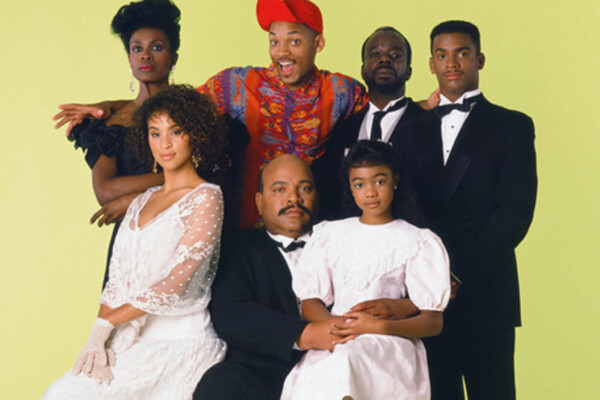
Couple on a date (© Jacob Lund - stock.adobe.com)
GAINESVILLE, Fla. — If you’ve ever heard the phrase “she’s out of your league,” you know it can often serve as a rude awakening about your own looks in comparison to the person you have a crush on. While looks aren’t everything in life, a new study finds people generally take this criticism to heart and set their sights on someone as attractive as they are.
Even though many people would love to date a “perfect 10” who’s got supermodel looks, researchers from the University of Florida have found that we’re actually quite accurate when it comes to assessing our own physical attractiveness. Even more intriguing, the research suggests that couples tend to be well-matched in terms of their looks, supporting the age-old notion that we typically date and marry within our own “league.”
This fascinating insight comes from an analysis led by Dr. Gregory Webster, the R. David Thomas Endowed Professor of Psychology at the University of Florida. Webster and his colleagues delved into data from nearly 1,300 straight couples, spanning 27 separate studies. Their findings, published in the journal Personality and Individual Differences, offer a fresh perspective on how we perceive ourselves and choose our romantic partners.
Methodology: Unveiling the Mirror
Webster’s team took an innovative approach by revisiting a landmark meta-analysis from 1988. This original study compiled data from 27 different research projects that explored the links to attractiveness within couples. However, the landscape of data analysis has evolved significantly over the past three decades, providing an opportunity to examine this wealth of information through a modern lens.
“There’s an extensive line of research on meta-analysis. There’s an entire line of research on how to analyze data for couples. But they haven’t really been put together before,” Webster explains in a university release.
The researchers used advanced statistical techniques, including the actor-partner interdependence model (APIM) and the common fate model (CFM), to analyze the data. These methods allowed them to examine how individuals’ self-perceptions of their looks related to objective ratings by strangers, as well as how these perceptions compared within couples.
While the original data dates back to the early 1970s, Webster believes that the findings are still relevant in today’s world.
“It’s possible that some aspects of attraction have changed over time, such as with the rise of online dating, where all you have at first are pictures. On the flipside, the fundamentals of what humans consider to be attractive across cultures and across time are pretty consistent.”
The Results: Looking Good
The study’s findings paint an intriguing picture of self-perception and how we choose our significant others:
- Accurate self-assessment: Both men and women displayed a strong ability to accurately rate their own physical attractiveness when compared to objective ratings by complete strangers.
- Birds of a feather: Couples tended to have similar levels of physical attractiveness, supporting the idea that we often pair up with people who match our own level of attractiveness. Simply put, if you’re an “8 out of 10,” you’re likely dating another 8.
- Shared perceptions: Men and women within couples often had similar views of their own attractiveness. For instance, if a man rated himself as attractive, his wife or girlfriend was likely to have a similar self-perception.
- Time and perception: The study found that relationship duration played a role in self-perception, particularly for men. In longer relationships, men’s self-ratings of attractiveness tended to be more accurate.
Takeaways: Reflecting on Reflections
The research offers several intriguing implications for our understanding of attraction and how we form relationships:
The finding that we’re generally accurate in assessing our own looks might provide a welcome ego boost for many. The tendency for couples to match in attractiveness further solidifies the belief that people are more comfortable dating within their own “league,” at least in terms of physical appearance.
The study authors add that since men in longer relationships were more accurate in their self-assessments suggests a possible mellowing of youthful overconfidence.
“Men might be getting more realistic,” Webster concludes. “Nobody’s usually getting more attractive over time.”
While the study provides valuable insights, it’s important to note that attractiveness is just one facet of romantic relationships. Researchers note that factors like personality, shared interests, and emotional connection play crucial roles in forming and maintaining serious relationships.










